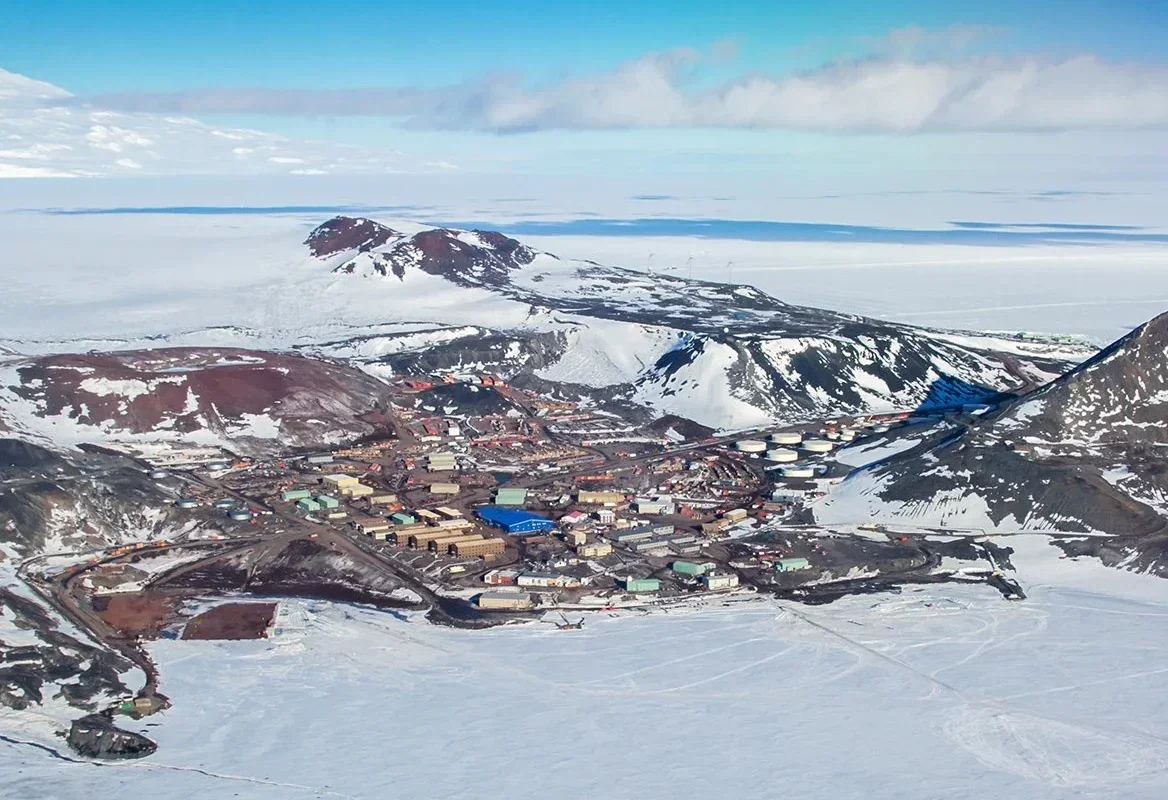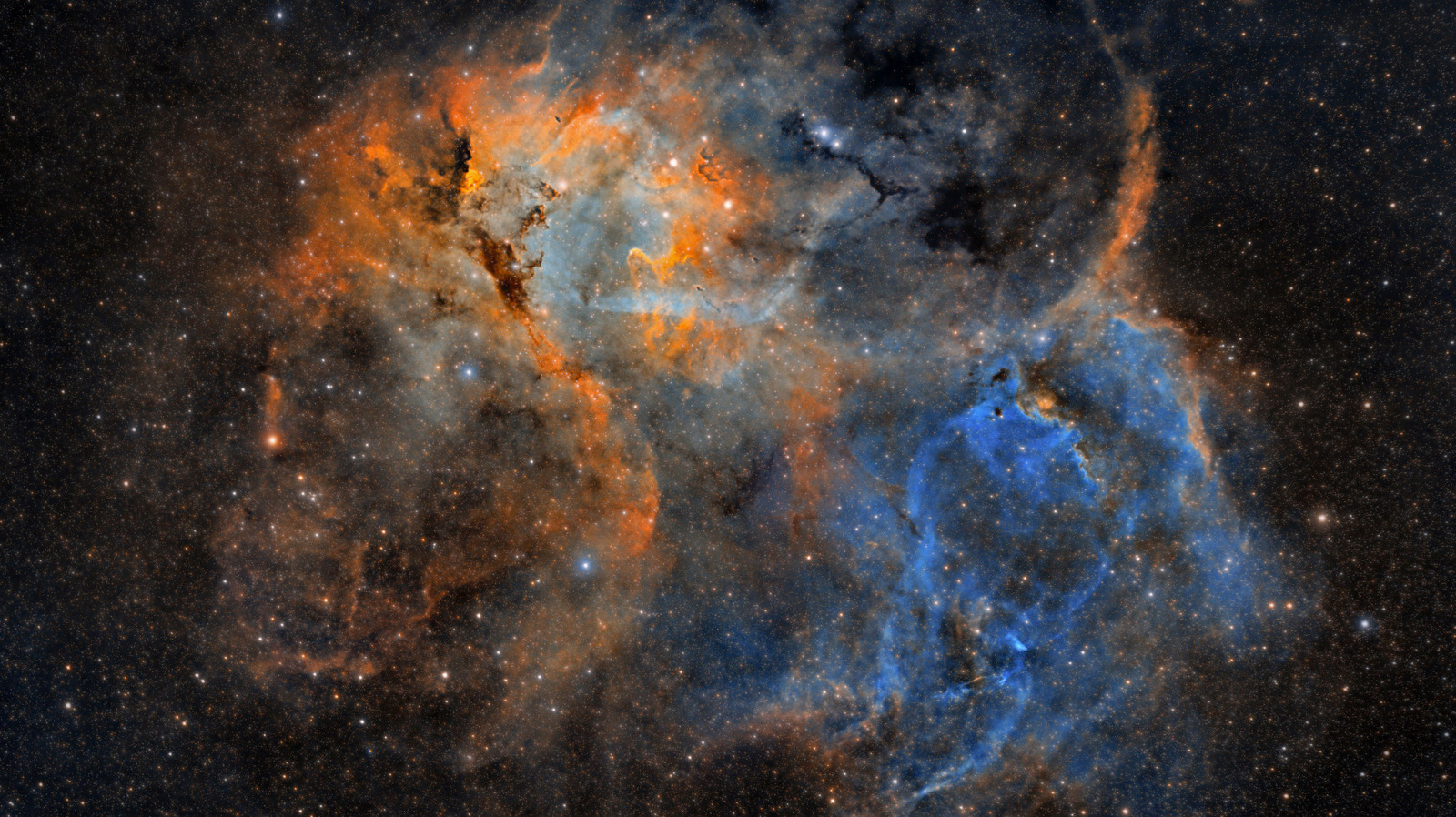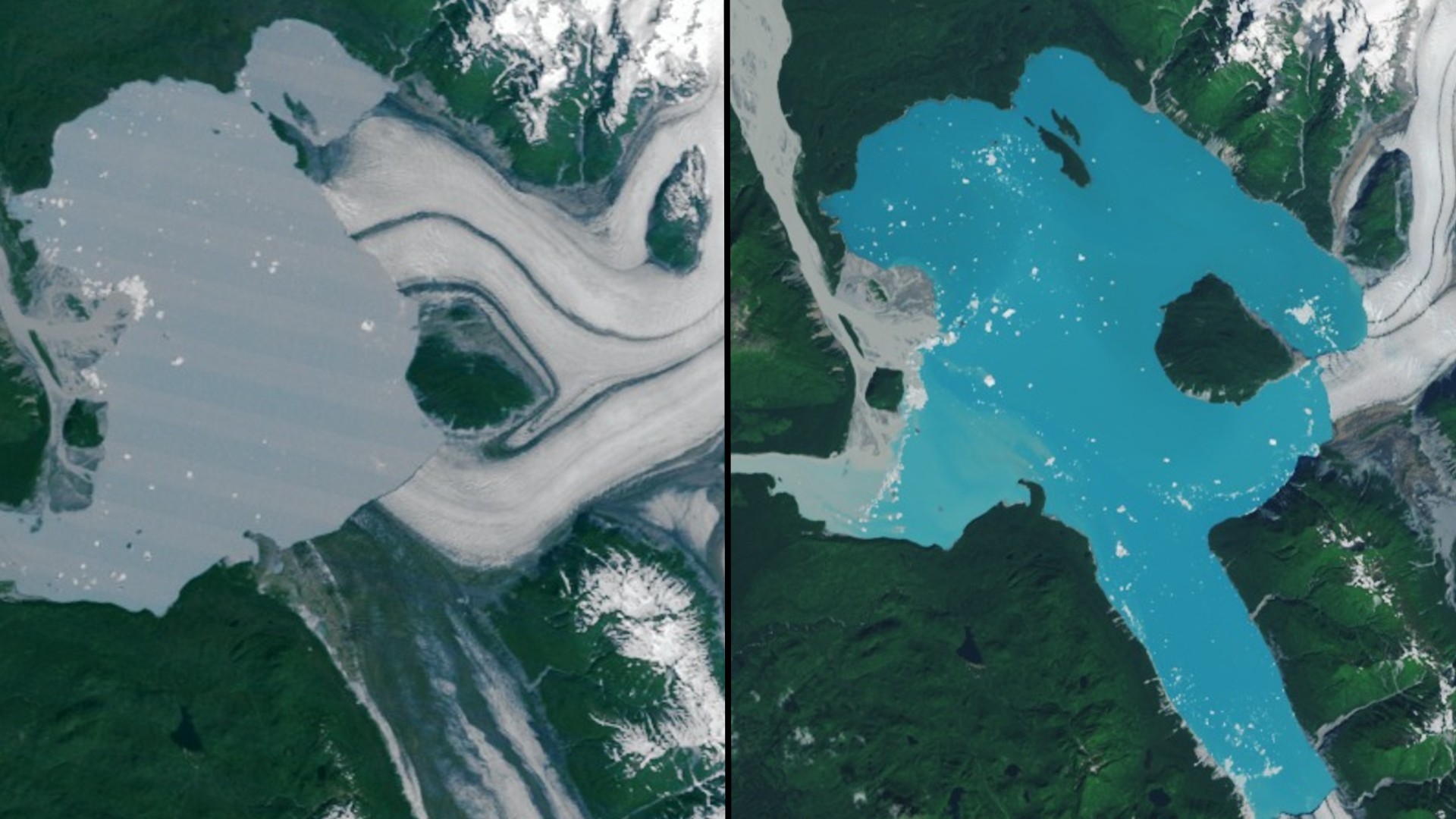Unveiling Antarctica's Hidden Past: Ancient Landscapes Beneath the Ice

Located beneath the thick ice crust of East Antarctica lies a hidden world that has remained untouched for an astonishing 34 million years. This frozen expanse, which spans more than 10 million square kilometers, has long concealed a forgotten landscape that is beginning to emerge thanks to the pioneering efforts of scientists using advanced satellite technology.
A groundbreaking study conducted by a research team led by Stewart Jamieson at Durham University has unveiled the secrets of this hidden land. Utilizing the RADARSAT satellite system from Canada, the team was able to detect minute changes in the ice's surface, which ultimately revealed the shape of the land buried beneath the ice. What they discovered was nothing short of remarkable: a terrain sculpted by ancient rivers and roughly the size of Wales, now locked under nearly two kilometers of ice.
“It’s like uncovering a time capsule,” remarked Jamieson, emphasizing the untouched condition of this ancient landscape, which has remained unchanged since well before the onset of glaciation. This hidden world dates back to a time when Antarctica was a very different place—teeming with life and rich in biodiversity.
During this prehistoric era, Antarctica was part of Gondwana, a supercontinent that also included landmasses that would become Africa, South America, and Australia. Instead of the icy desert we recognize today, this region was characterized by flowing rivers, lush forests, and even roaming dinosaurs. However, around 20 million years ago, significant climatic shifts began to transform the continent as glaciers took hold, freezing much of its history beneath a thickening ice sheet.
The landscape that has now been uncovered is not merely an archaeological curiosity but a vital piece of the puzzle for scientists seeking to understand how Antarctica has evolved over millions of years. These findings have the potential to provide crucial insights into how the ice sheet might respond to the rising global temperatures we face in the future.
The research also presents an exciting opportunity to study how ancient rivers once shaped the bedrock of the region before the climate began to change dramatically. The preservation of this landscape suggests that massive ice coverage can maintain entire ecosystems in their original state, providing a rare glimpse into environments that no longer exist.
As the satellite technology improved, fresh details emerged from beneath the ice. What began as faint surface cues rapidly evolved into a comprehensive image of valleys, ridges, and channels lying below the ice. The promise of advancing technology offers hope that further hidden aspects of Earth’s past may be unveiled in the future. For now, this discovery provides a crucial connection to a greener, wilder world long forgotten, yet now resurfacing in the scientific discourse.
“We’ve had a longstanding interest in, effectively, the shape of the land beneath the ice sheet,” Jamieson noted. “The implication is that this must be a very old landscape carved by rivers before the ice sheet itself grew.”
The East Antarctic Ice Sheet (EAIS) began to form during the Eocene-Oligocene transition approximately 34 million years ago, as global temperatures fell and CO2 levels dropped below a critical threshold. High-altitude regions such as the Gamburtsev Subglacial Mountains and the Transantarctic Mountains became crucial nucleation points for the advancing ice masses. Over millions of years, these glaciers expanded and coalesced into the vast ice sheet we recognize today.
The EAIS has a history of significant fluctuations, having expanded and retreated in response to climatic shifts over millions of years. During the Miocene, approximately 17 to 14 million years ago, the ice sheet exhibited considerable variability, with evidence from marine sediments indicating periods of retreat during warmer intervals, including the mid-Pliocene warm period and various interglacial periods of the Pleistocene.
These fluctuations left indelible marks on the subglacial landscape, creating features that modern geophysical surveys can now detect. The RADARSAT constellation has been pivotal in uncovering these hidden characteristics, allowing researchers to analyze changes in the ice surface's slope to infer the larger subglacial topography.
Jamieson’s team complemented their satellite data with radio-echo sounding (RES) surveys conducted as part of the International Collaborative Exploration of the Cryosphere through Airborne Profiling (ICECAP) project. Through RES, they quantified landscape characteristics and identified ancient features inconsistent with current ice flow patterns. Their results suggest that the terrain was sculpted by river erosion long before the formation of the ice sheet.
The research team also utilized flexural modeling to investigate whether the highland blocks under the ice were once part of a single land surface, which was subsequently incised and uplifted through selective erosion over time. These analyses reveal a more nuanced understanding of how the EAIS evolved and the critical role ancient river networks played in shaping its underlying features.
Understanding the history of the EAIS is crucial for predicting its future behavior in a warming world. Given the ice sheet’s sensitivity to climatic and oceanic changes, it serves as a vital indicator of how rising temperatures might reshape the polar regions.
The findings, recently published in the journal Nature Communications, underscore the importance of studying subglacial landscapes to reconstruct the ice sheet’s past dynamics. “Understanding how this massive sheet might respond to human-driven climate change is a pressing concern,” Jamieson stated emphatically.
The EAIS, particularly in the lower-lying marine-based sectors like the Aurora and Wilkes Subglacial Basins, is particularly vulnerable to retreat during warmer intervals. Such changes could have significant implications for global sea-level rise.
The research team's discoveries illustrate the pressing need for ongoing monitoring of the EAIS and its response to contemporary warming trends. By linking ancient landscape features to historical climate conditions, scientists can refine models that predict the ice sheet’s future behavior. This knowledge is essential for informing global strategies aimed at mitigating the impacts of climate change.
Ultimately, the discovery of Antarctica’s ancient river networks exemplifies the power of modern technology in illuminating Earth’s distant history. By piecing together clues from subglacial topography and geological records, researchers are bridging vast spans of time, connecting prehistoric landscapes with today’s climate dynamics.
The insights gleaned from this research extend beyond mere academic curiosity; they highlight the interconnectedness of Earth’s past, present, and future. The geological imprints left by ancient Antarctica offer invaluable lessons for understanding current environmental changes and predicting the global ramifications of human-induced climate change.
As humanity faces the challenges posed by a warming planet, the knowledge contained within Antarctica’s icy depths will play a pivotal role in guiding efforts aimed at sustaining the planet’s fragile ecosystems. This discovery serves as a poignant reminder of Earth’s dynamism and the transformative processes that have shaped it over thousands of years.
By studying the buried landscapes of Antarctica, researchers are constructing a clearer picture of our planet’s climatic future and identifying the pathways necessary to adapt to a rapidly changing environment.





























